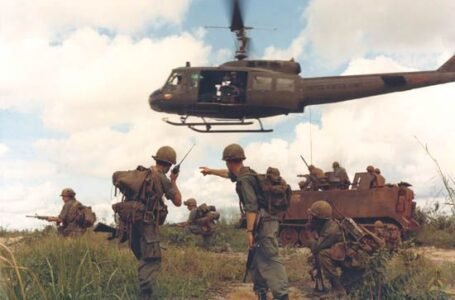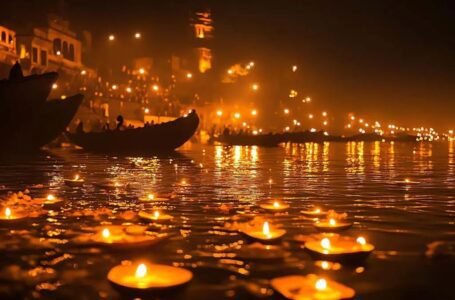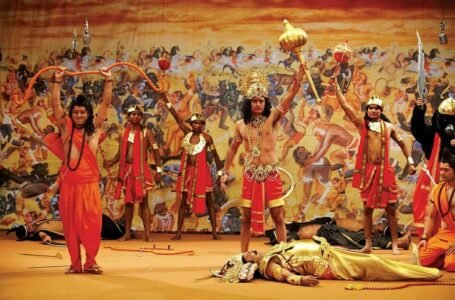NSG Commandos: India’s Elite Counter-Terrorism Force

– Khirabdhi Tanaya Gour
In the high-pressure arena of counter-terrorism, where each moment is critical and accuracy is essential, one name prominently emerges in India: the National Security Guard (NSG). Commonly referred to as the Black Cats, these top-tier commandos epitomize excellence in training, discipline, and bravery. From counter-terrorism missions to hostage rescues, the NSG has established itself as one of the premier special forces in the world.
The Origin of the NSG
The NSG was formed on October 16, 1984, following two significant events in India’s past: Operation Blue Star and the later assassination of Prime Minister Indira Gandhi. These occurrences revealed significant deficiencies in India’s ability to manage severe internal threats and resulted in the creation of a force inspired by the British SAS and the German GSG 9.
Operating under the Ministry of Home Affairs, the NSG primarily recruits its personnel from the Indian Army and Central Armed Police Forces (CAPFs). It is not a standing force; instead, it operates on a deputation basis, ensuring that only the most qualified individuals serve in its ranks.
Organization and Expertise
The NSG is divided into two primary divisions:
Special Action Group (SAG): Made up exclusively of Army personnel, this division handles direct actions—counter-terrorism, hostage rescues, and offensive operations.
Special Ranger Groups (SRG): This group is comprised of personnel from CAPFs and is responsible for support tasks, providing security for high-profile individuals, and safeguarding critical assets.
Additionally, the Bomb Disposal Squad (BDS), which specializes in managing and defusing Improvised Explosive Devices (IEDs), is another vital component.
Motto:
“Sarvatra Sarvottama Suraksha”
Meaning: The Best Security Everywhere.
Rigorous Training Process
Becoming a part of the NSG is a significant challenge, with a selection process that sees a dropout rate of over 70-80%. Those who successfully complete the initial physical and psychological evaluations undergo 14 months of specialized training, which encompasses:
- Urban combat
- Room intervention strategies
- Close-quarter combat (CQB)
- IED management
- Advanced shooting skills
- Martial arts and Krav Maga
Only after successfully completing this training do they don the signature black uniform and balaclava—a representation of their lethal anonymity.
Notable Operations: Tales of Bravery
The NSG has played a pivotal role in India’s fight against terrorism. Some of its most notable and high-stakes missions include:
- Operation Black Thunder (1986 & 1988)
NSG commandos neutralized armed Sikh militants within the Golden Temple complex while minimizing damage to the shrine—contrary to the notorious Operation Blue Star.
- Operation Ashwamedh (1993)
This marked India’s inaugural successful anti-hijacking mission. An Indian Airlines flight was seized and diverted to Amritsar, where NSG commandos stormed the aircraft, safely rescuing all 141 passengers and crew members.
- 2008 Mumbai Attacks (26/11)
This became a defining moment for the NSG. Commandos were deployed to eliminate Lashkar-e-Taiba terrorists from the Taj Mahal Palace Hotel, Oberoi Trident, and Nariman House. After a protracted 60-hour standoff, the NSG neutralized all the terrorists, demonstrating unparalleled valor and expertise under duress.
- Pathankot Airbase Attack (2016)
The NSG played a crucial role in neutralizing heavily armed terrorists who breached a high-security military airbase in Punjab.
- Response to the Akshardham Temple Attack (2002)
In the wake of a devastating terror attack in Gujarat, NSG commandos conducted a precision operation, eliminating the attackers while minimizing additional civilian casualties.
Prominent Officers and Commandants
Numerous individuals have significantly contributed to the NSG’s history:
- Major Sandeep Unnikrishnan (AC)
A member of the NSG’s 51 SAG, he was killed in action during the 26/11 attacks. His valor, particularly in saving hostages from the Taj Hotel, earned him the Ashoka Chakra, the highest peacetime award for bravery in India.
“Do not come up, I will handle them.” — These were his final words to fellow commandos.
- Lt Gen. (Retd.) Subroto Saha
As one of the initial architects of NSG’s training and operational protocols, he was instrumental in enhancing the integration of technology and intelligence capabilities.
- Durga Prasad, IPS
In his capacity as Director General, he spearheaded efforts to modernize NSG’s infrastructure, training, and tactical mobility.
Gear and Technology
NSG commandos are armed with top-tier weapons and equipment:
- Primary Weapons: SIG Sauer rifles, MP5 submachine guns, Glock 17/19 handguns.
- Sniper Systems: PSG-1, Barrett .50 cal.
- Support Gear: Ballistic shields, night vision equipment, advanced breaching tools.
- Mobility: Black Cat Commandos utilize specially outfitted aircraft and armored vehicles for swift deployment.
The NSG in Media
The allure of the Black Cats has influenced literature, documentaries, and films. Nevertheless, the NSG continues to uphold a discreet public presence, prioritizing preparedness over fame.
Their obscurity is a reflection of silent professionalism, not secrecy.
Conclusion: India’s Quiet Protectors
In a time when asymmetric warfare is a persistent threat, the National Security Guard stands as India’s protector in the shadows. They do not patrol urban areas or participate in parades. Rather, they remain on standby, training and getting ready for that critical moment when their country calls upon them.
In turbulent times, they provide stability. Amidst the terror, they represent clarity. And in the dark, they are the silent Black Cats—ever watchful.


